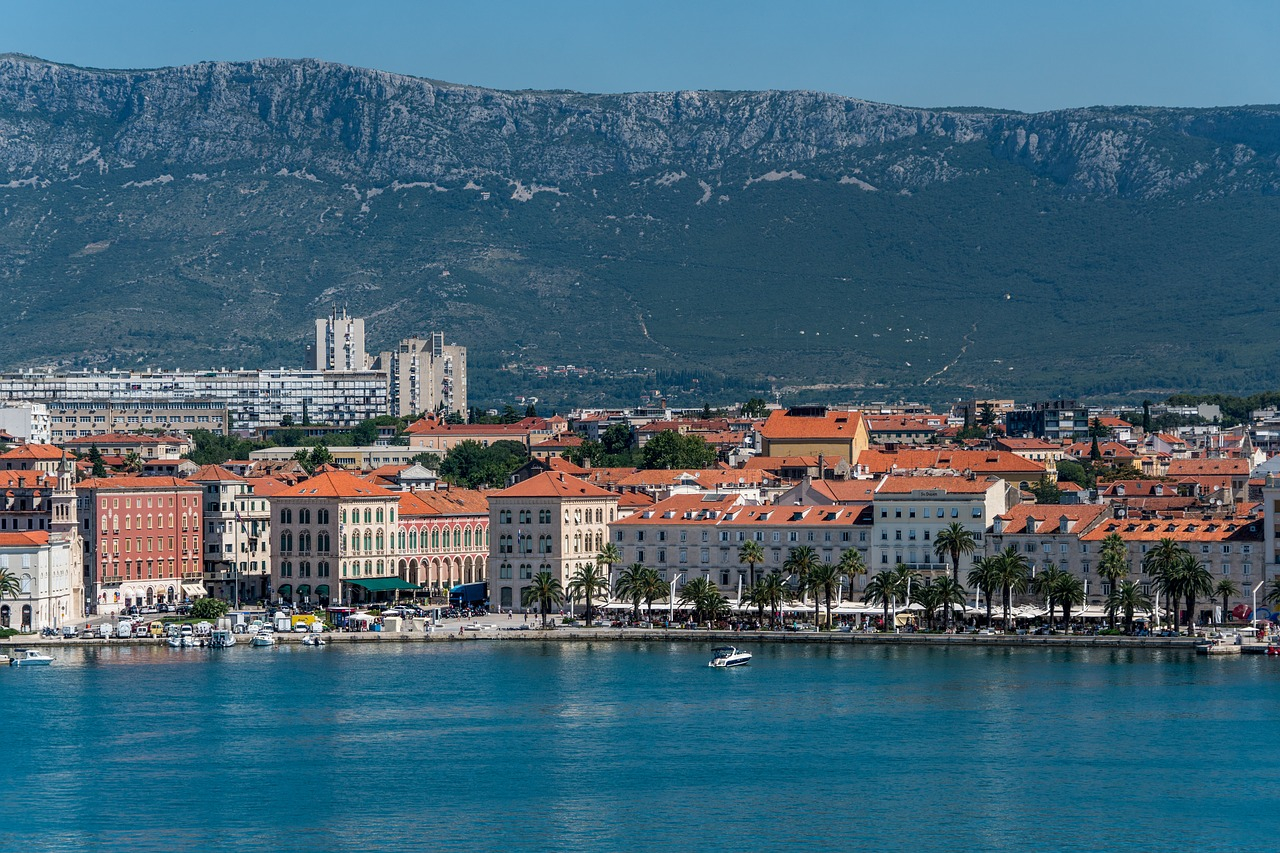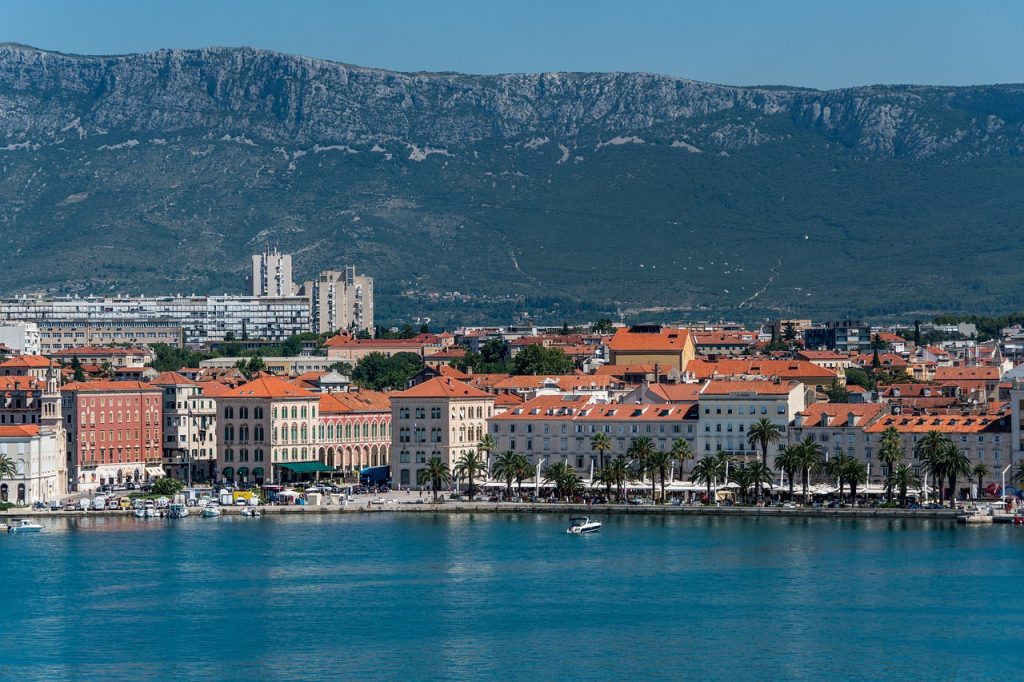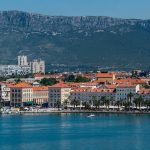
August 8, 2020 – Now a symbol of the Split Riva, the first palm tree was planted on the famous waterfront promenade exactly 100 years ago.
HRT reports that the waterfronts of Croatian coastal towns and cities were regularly planted with mulberry trees until the 1920s. Mulberries not only grew quickly, but in the summer, their canopies provided pleasant shade, and in winter, bare and pruned, they let in light and warmth. However, as tourism developed on Croatia’s coast, palm trees began to be planted.
And a fun fact? We learn today that the first palm tree was planted on the Split Riva exactly 100 years ago! Today, there are precisely 105 palm trees on the Riva. In 1930, 84 palm trees were counted on the Split waterfront, which were planted in several stages.
“They wanted to have a southern Mediterranean flair, so the idea of planting palm trees came to mind, and in 1910, the first palm trees were ordered from Vis,” said Stanko Piplovic, an architect and art historian.
One of the two autochthonous European species, which are a rarity today, was among the first to be planted on the Riva.
“On the Split waterfront, we have five species of palm trees, more precisely from two families of European fan and feather palms. We have three species from the feather palm family, two from the silver family and a date palm among them,” said Dr. Mirko Ruscic, director of the Botanical Garden in Split.
A few years ago, due to extremely high, almost tropical temperatures, dates were ripe for the first time!
Palm trees have become a trademark of Split, so it is not surprising that many citizens were worried about their health when the palm weevil Rhynchophorus ferrugineus parasite appeared, which is one of two species of snout beetle known as the red palm weevil, Asian palm weevil or sago palm weevil.
The people of Split are lucky to enjoy the 100 palms that decorate the Riva today!
You can see the full video on HRT here.
To read more about lifestyle in Croatia, follow TCN’s dedicated page.










